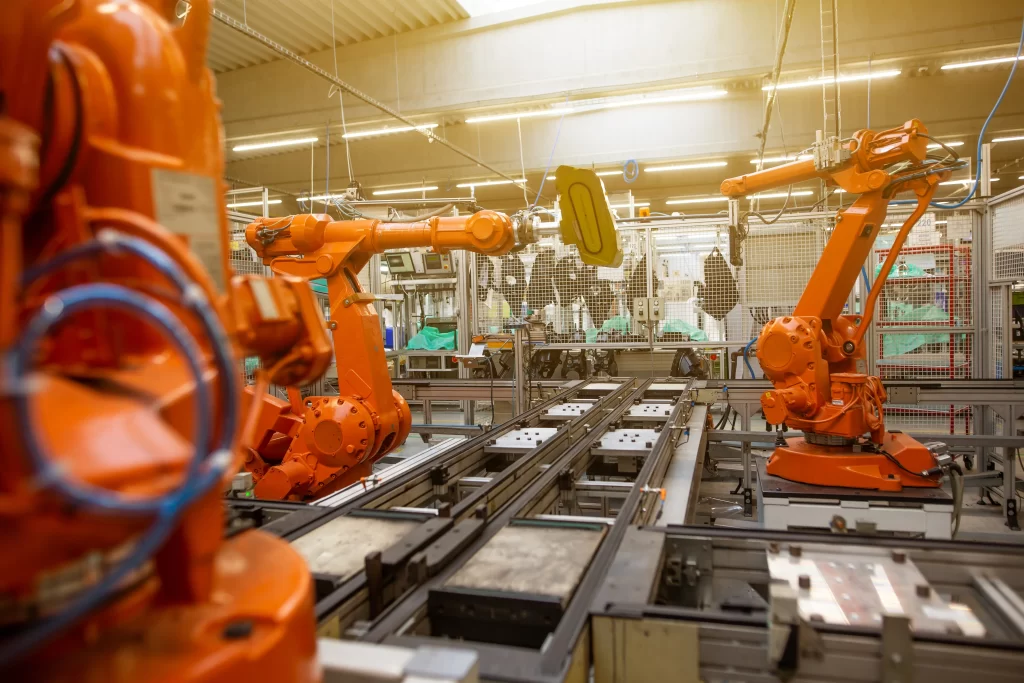
Today, Digital Transformation is creating a significant ripple in the corporate world. Digital Transformation has many facets, and one of them is Data Science. Every organizations want to move quickly to data technologies to handle the enormous amount of data they produce in order to generate the intelligence for better decision making through the detailed and continuous analytics.
The Challenge
Now, the primary requisite for an effective data science strategy is to have the right and clean data — a serious challenge with every company. All organizations evolve over time and scale up by retro-fit enhancements in their processes. That leads them to have multiple systems, and databases which again lead them to multiple formats of the data within the respective systems. Compounding that is their diversified processes which produce the data in different formats. These complexities of diversified processes, systems and formats lead them to fragmented data sets, which is the main challenge to get the effective implementation of data science in any organization. This ultimately results in not being able to extract full advantage of the data science tools and technologies.
Also, majority of the organizations still get a dump of different system in Microsoft Excel and then collate the data manually. With the quantum of the data today organizations have, the manual work is immensely time consuming, repetitive and tedious. Once the processing is completed in an Excel the data is fed into some system for advance analytics and visualization. It is clear to see, this isn’t going to be a sustainable way to do analysis.
What is the right strategy?
Now how can we overcome the aforementioned challenges? So even before organization get into the data analytics, first and foremost they need to align and redesign their processes with strategic goal in mind. Remove all the complexities of the multiple systems as well as processes and make them simple and standard which generate the structured and continuous data in an auto mode. Simplification in processes will help achieve scalability and standardization will bring sustainability.
Once we have the continuous flow of correct data sets, it becomes effective and you can gain the true benefit of data science, which ultimately help you to make the right decision-making process. Once we have the right data formats and analytics setup, the next facets of data science which are machine learning, deep learning and artificial intelligence also can be implemented with greater benefits. Without redesign the process and system you will end up compromising in lots of data sets which again can result in not so accurate analytics as it includes higher assumptions. Also, you will end up compromising with significant workarounds to ensure the analytics done.
Now by far, the most proven and effective way of redesigning the process and system architecture is the design thinking, where it starts with the inspiration behind the strategic goal/output, understand the real problems and complexities behind achieving the target. Once you have attained the right purpose, then in it is time to redesign aligning with your goal and making sure the system and people are all aligned with the same goal. Finally, to test our hypothesis behind the redesigning, validate your changed system with smaller segment of data, which can be also referred as High-Fidelity prototyping to ensure the desired result. This particular step might take few iterations but which is good to ensure that you have the right process from the beginning before you scale up to all the processes and system company wide.
Once we have successfully re-looked at the processes and redesigned them, then we are ready for the implementation of data science technologies which can be automated and provide you the accurate intelligence in real time.
The real intelligence comes when design meets data science.
Rohan Shah


